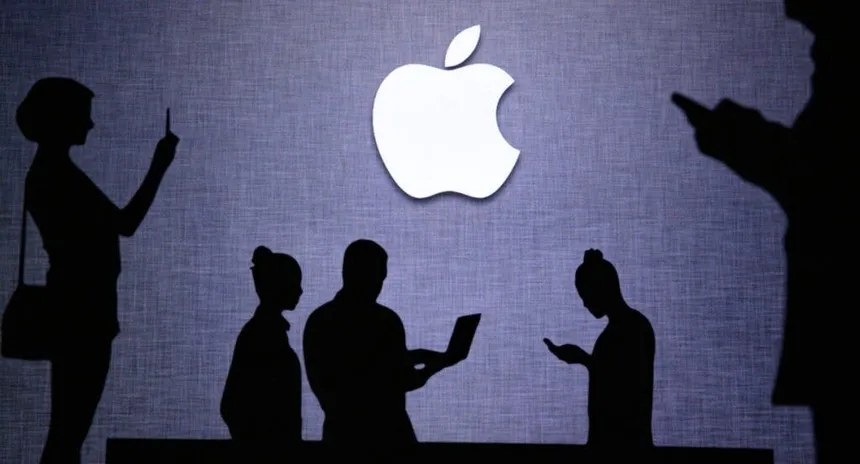
Are you looking for investment, pitch your idea with us!
India Set to Overtake Japan and the U.K. as Apple’s Third-Largest Market
Apple India growth, Apple market share India, Apple iPhone sales India, premium smartphone market, Apple flagship stores India, Apple Tier II cities, Apple ASP trends, Apple China market decline
According to a report by The Economic Times, India is poised to become Apple’s third-largest market by 2026, surpassing Japan and the U.K. Currently ranked fifth, Apple’s local sales in India are expected to grow by up to 20% in 2024, driven by rising demand for premium smartphones and electronics.
Apple Gains Momentum in India
India’s economic growth and increasing disposable incomes have spurred consumer interest in high-end devices, with Apple leading the charge. By the end of 2024, Apple is projected to ship over 12 million iPhones, a significant increase from 8.5 million in 2023.
Key growth drivers include:
- Financing options for consumers.
- Festive discounts boosting purchases.
- A shift towards premium products.
Challenges and Opportunities
While Apple sees strong growth in India, its revenue gains may moderate as local manufacturing scales up and import duties decline, reducing the average selling price (ASP) of its products.
- ASP Trends: Dropped from $1,084 to $958 in Q3 2024.
- Potential launch of an affordable iPhone SE model could further lower ASP.
However, Apple continues to dominate India’s high-end smartphone market, with a 64% share in the $600-plus segment, up from 56% in 2023. Analysts project iPhone shipments to reach 14-15 million units by 2025, underlining India’s importance in Apple’s global strategy.
Apple’s Expansion in India
Apple is expanding its footprint in India through:
- New Flagship Stores: Four additional outlets planned by 2025.
- Tier II and III City Outreach: Targeting smaller cities with rising demand for premium products.
Shifting Dynamics in China
While Apple’s growth accelerates in India, its market share in China has declined.
- Market Share Decline: Dropped from 24% in Q4 FY23 to 14% in Q3 FY24.
- Competitors: Brands like Huawei, Honor, Xiaomi, and Vivo are capturing more of the premium segment.






















